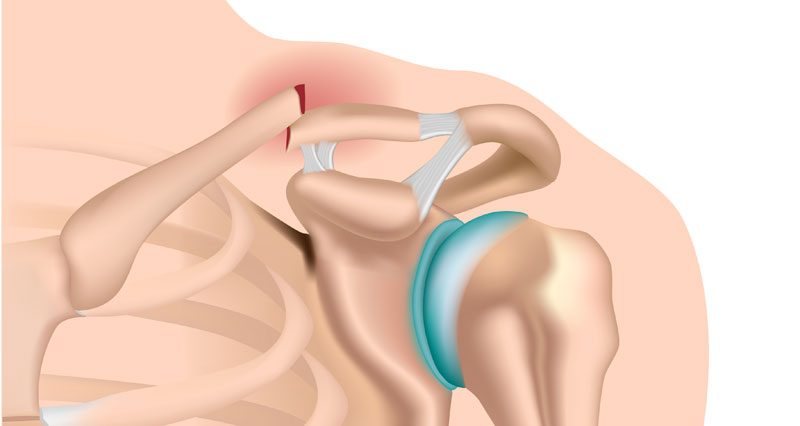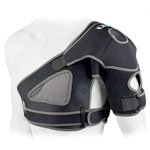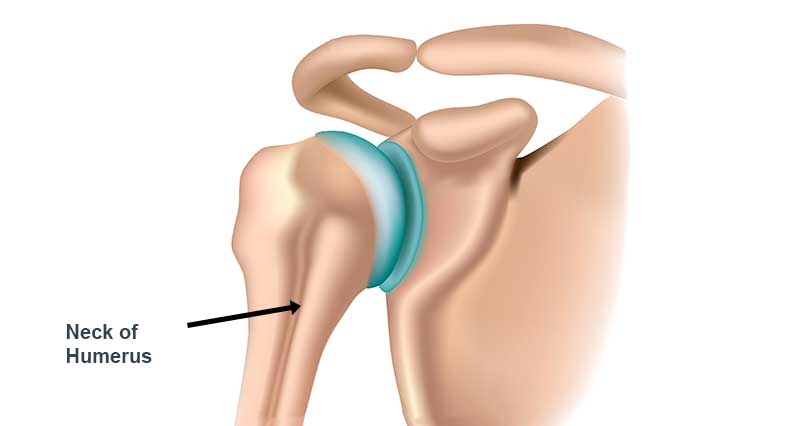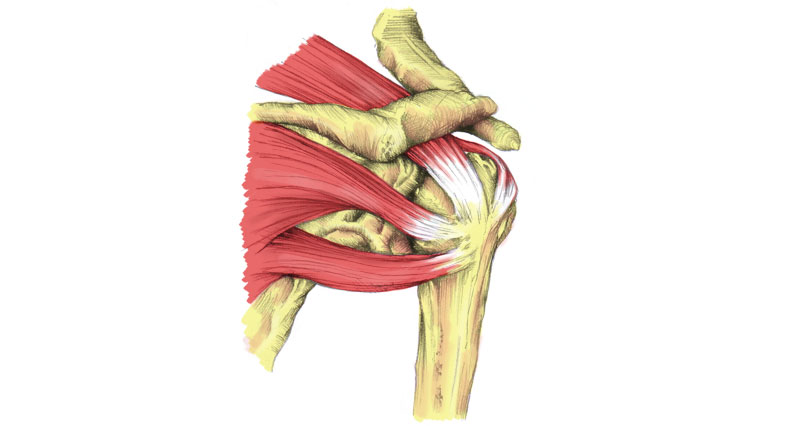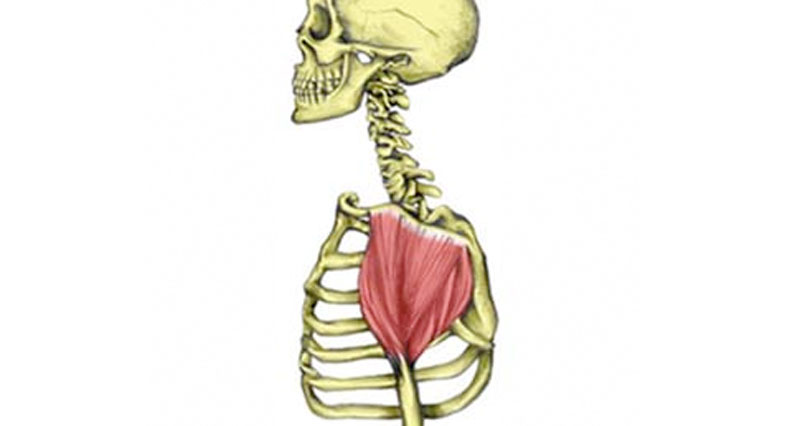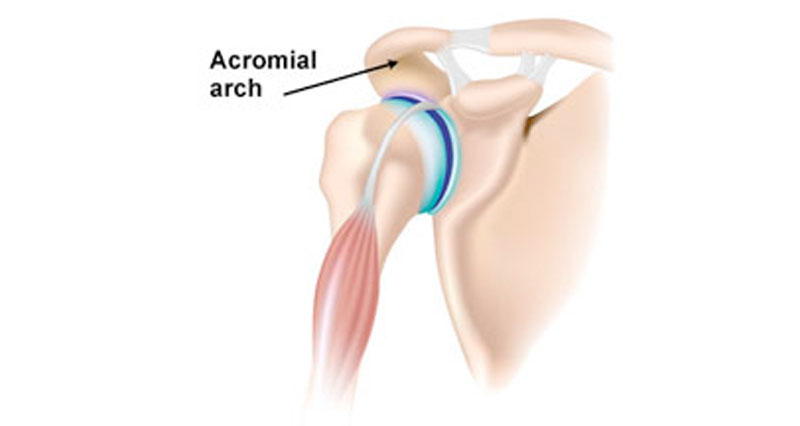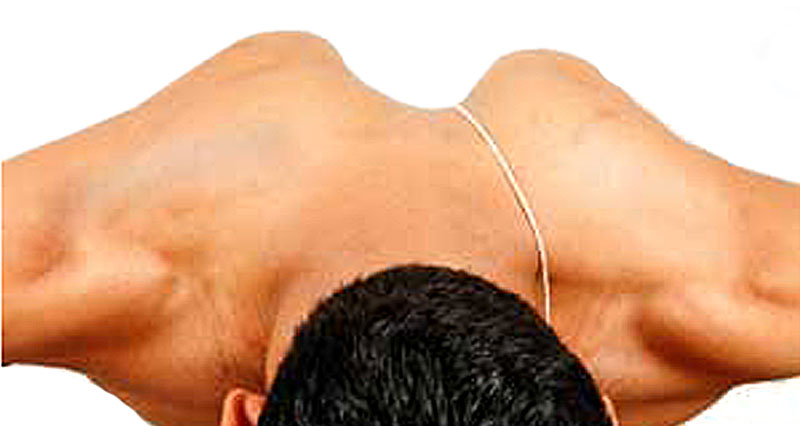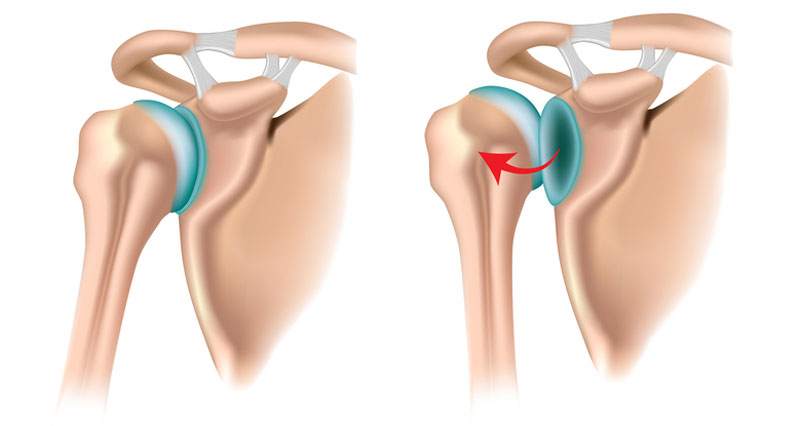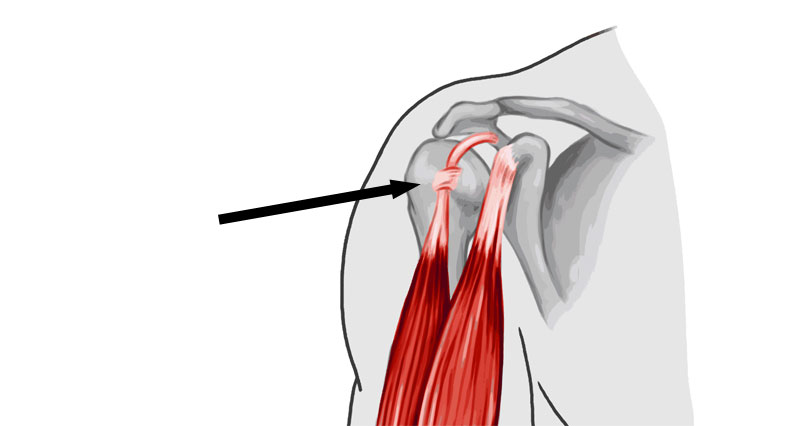A clavicle fracture is a fracture of the clavicle bone at the front of the shoulder. It is also known as a broken collarbone. It is usually caused by a fall onto the shoulder, or onto an outstretched arm. If you suspect a broken collar bone then seek medical attention immediately.
Symptoms
- Immediate severe pain along the collarbone at the front of the shoulder.
- Pain will be from falling onto an outstretched arm as in cycling, or horse riding. Or from direct trauma to the shoulder, for example, when in collision with another player in football or rugby.
- Immediate swelling.
- The location of the fracture will feel extremely tender.
- You may have obvious deformity where the bone has fractured.
- Your scapular (shoulder blade) may protrude outwards at the back.
What is a Clavicle fracture?
A clavicle is simply a fracture of the clavicle or collar bone as it is generally known. The clavicle is the bone that runs along the front of the shoulder to the sternum (breastbone) at the front of the chest.
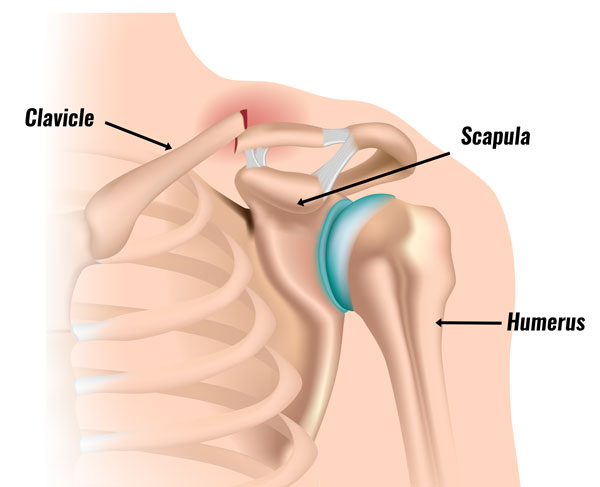
The bone usually fractures in its middle third. The outer part of the bone towards the shoulder often gets pushed down, whilst the inner part is displaced upwards.
In approximately 15% of injuries, the clavicle bone breaks more towards the shoulder, at the acromioclavicular joint. These fractures take longer to heal and may be prone to not healing properly at all.
What causes a clavicle fracture?
It is usually fractured as a result of falling badly onto an outstretched arm or onto the shoulder itself. You’re at higher risk from horse riding and cycling, or from contact sports such as Rugby or American Football. The likelihood of sustaining a broken collarbone is increased even further if the playing surface is particularly hard.
Treatment
Seek medical attention – If you suspect you have a broken collarbone then seek medical assistance or a doctor immediately. An x-ray will confirm the fracture.
Your arm will then be immobilised with either a figure of eight bandage, a sling, collar, or cuff. A figure of 8 bandage is designed to prevent the collarbone from shortening as it heals and is usually preferred to a sling. You need to be monitored by your therapist to check that your collarbone is healing properly and not shortening. Otherwise, you may heal with a deformity in your shoulder.
Pain relief – is the main aim in the early stages and a doctor will usually prescribe pain-relieving medication. After a period of complete immobilization (1-2 weeks), the arm should then be gently moved to prevent shoulder stiffness. In particular, shoulder flexion exercises to 90 degrees which means moving the arm from the side up to horizontal in front.
Rehabilitation – will involve regaining full range of motion using mobility exercises and stretches, as well as ensuring strength is not affected. The injury is likely to take 4 to 6 weeks to heal. You should not do any sports or running until it has properly healed. You may, however, be able to cycle on a stationary bike.
Surgery – is not usually required for fractures of this type. Open fractures where the bones pierce the skin or non-union of the bones after 6 weeks are more likely to require surgical intervention. Or if your collarbone has shortened in length by 1-2cm then you may also need surgery to repair your broken collarbone.
References & further reading
- McClure PW, Michener LA. Staged approach for rehabilitation classification: shoulder disorders (STAR-Shoulder). Phys Ther 2015;95(5):791–800.
